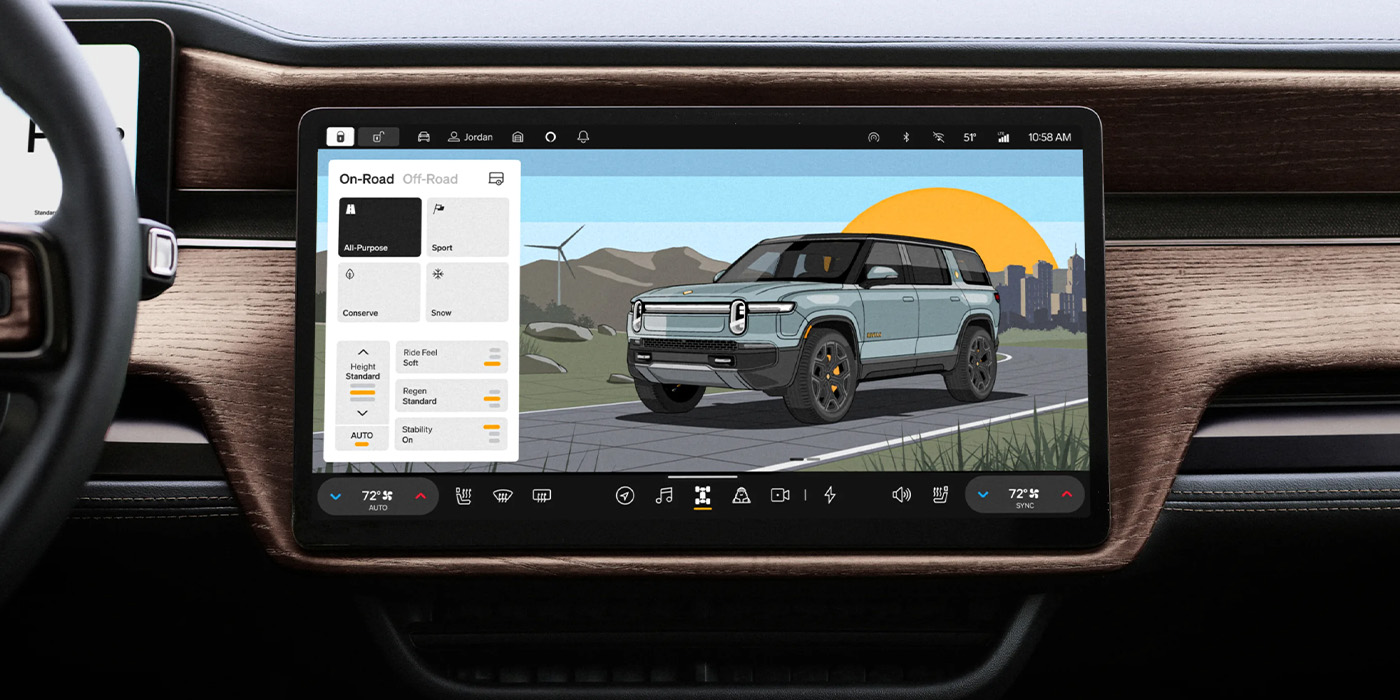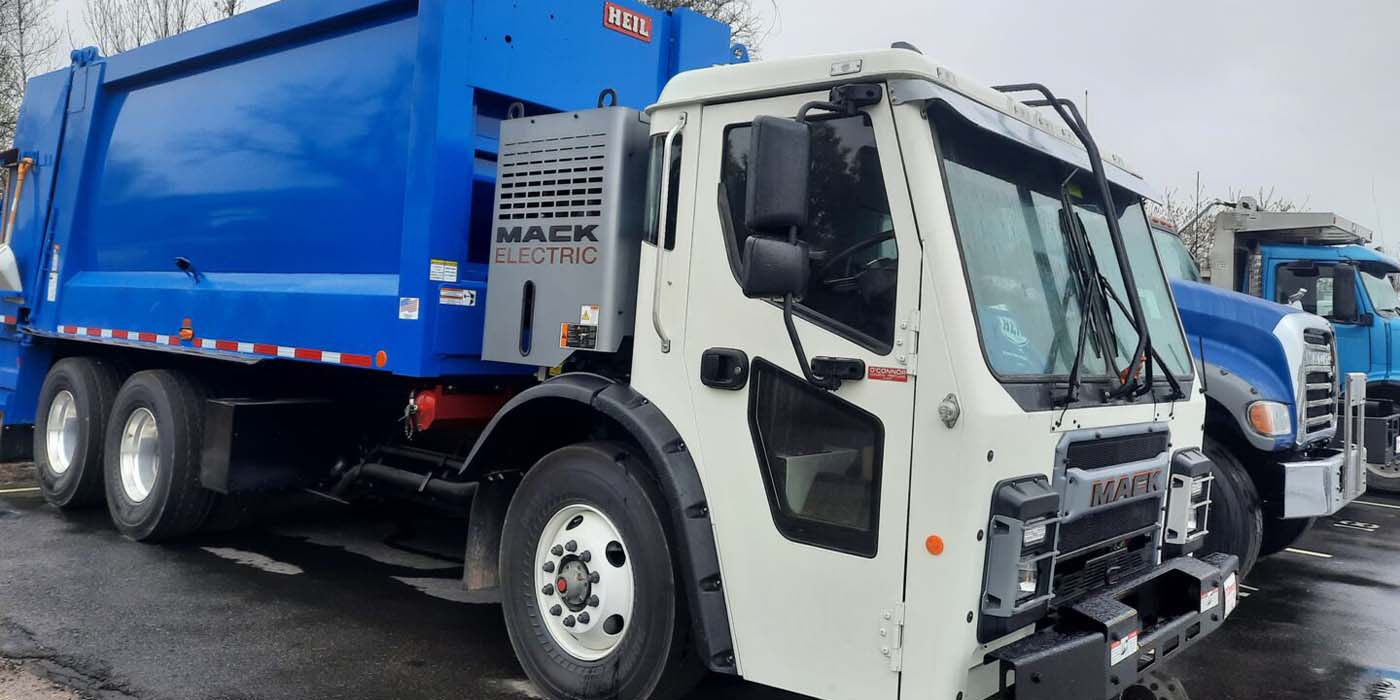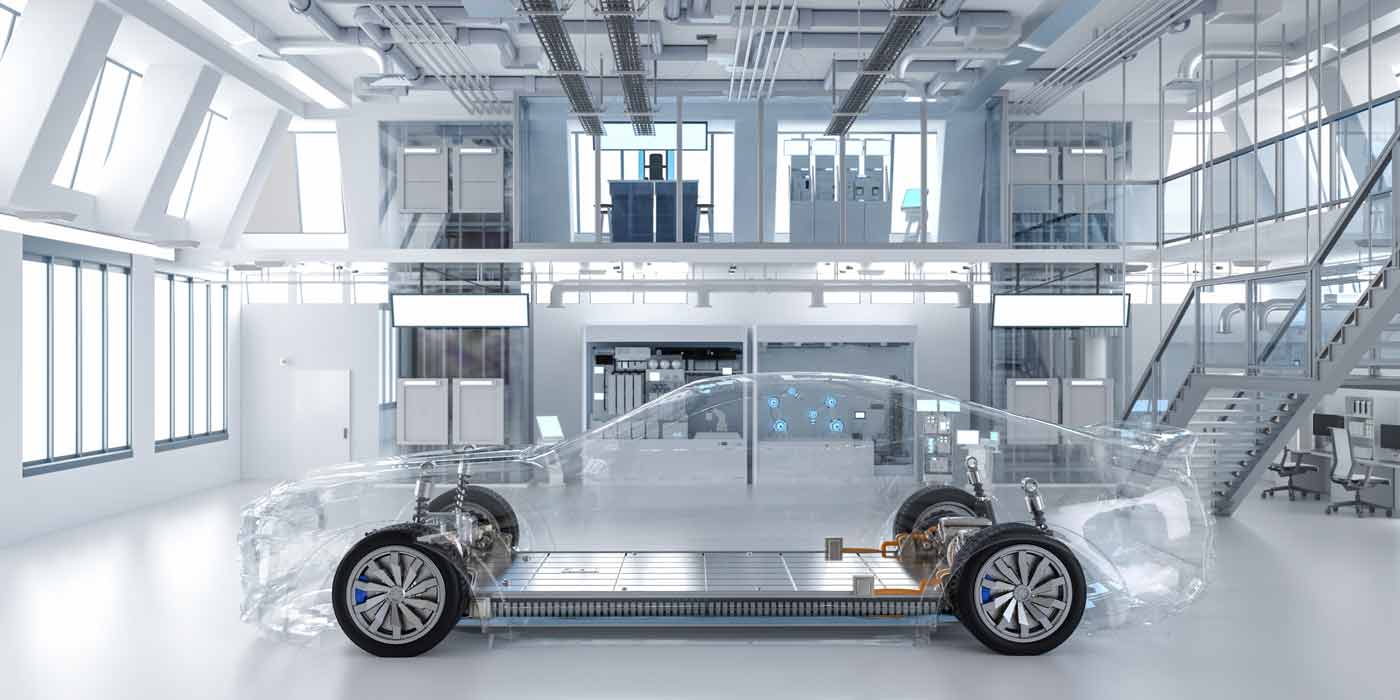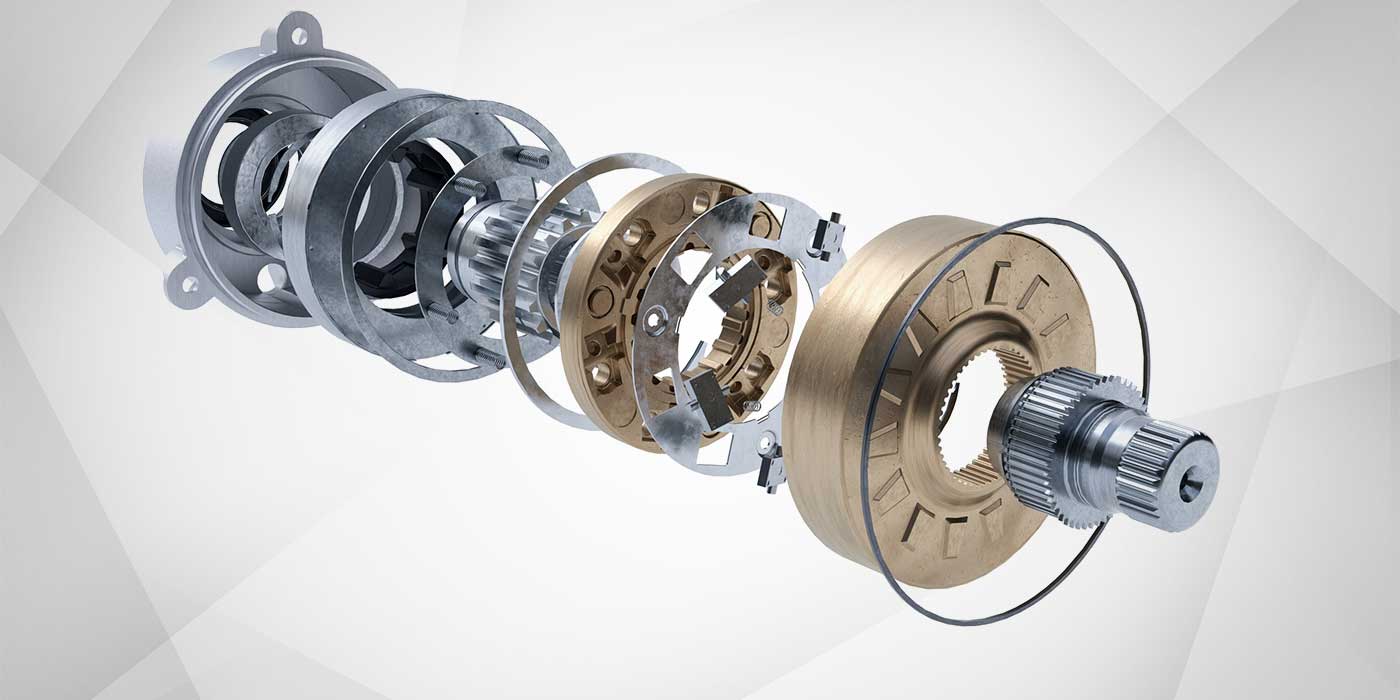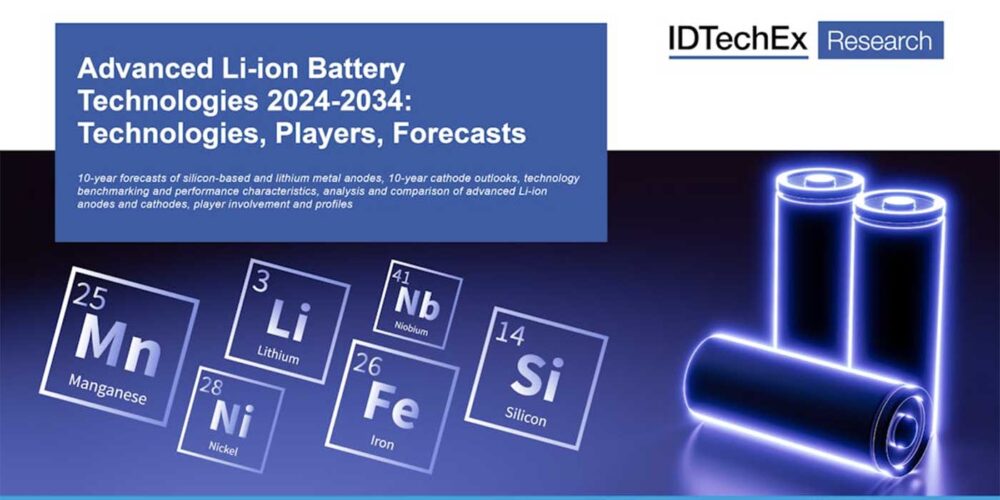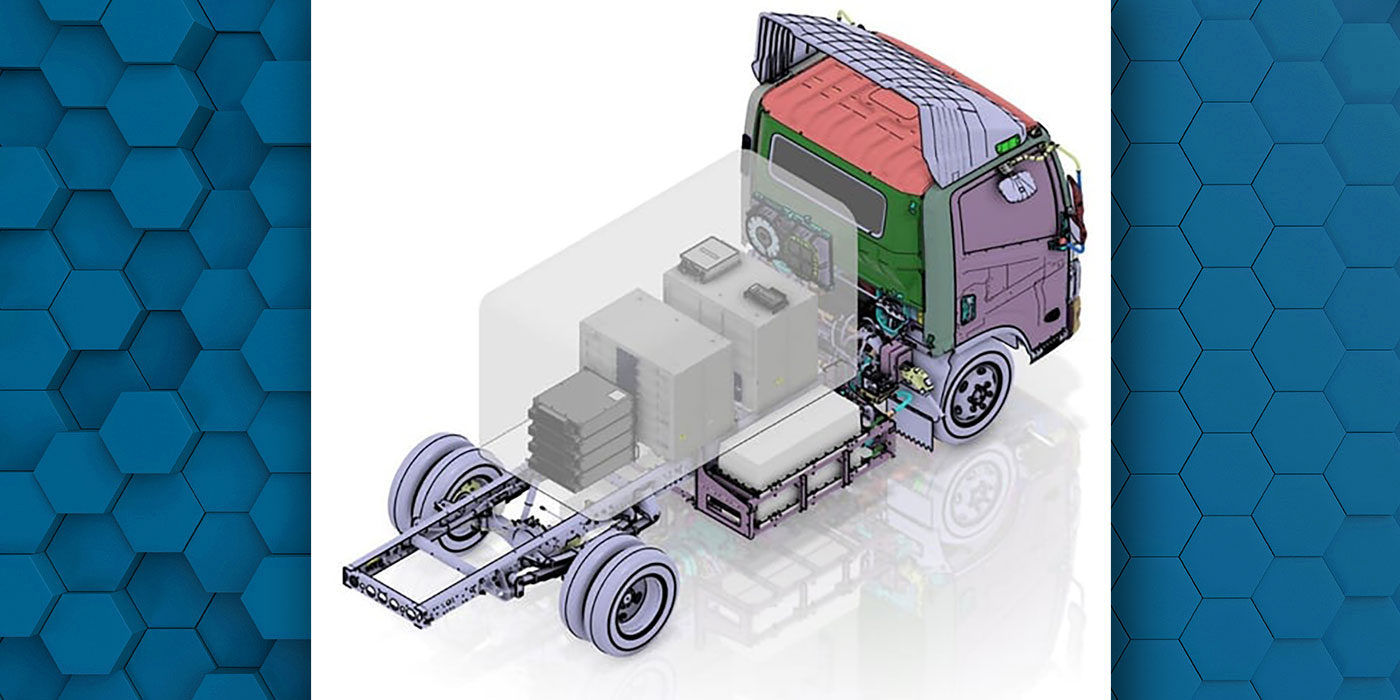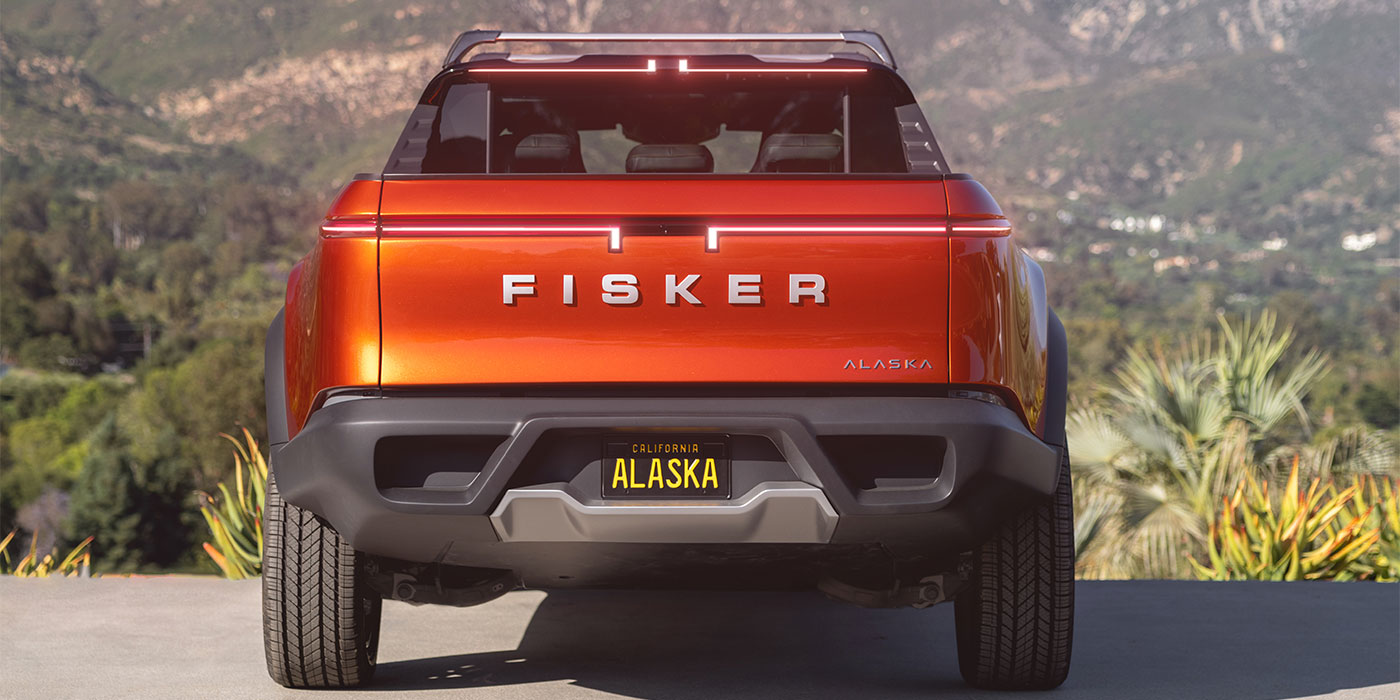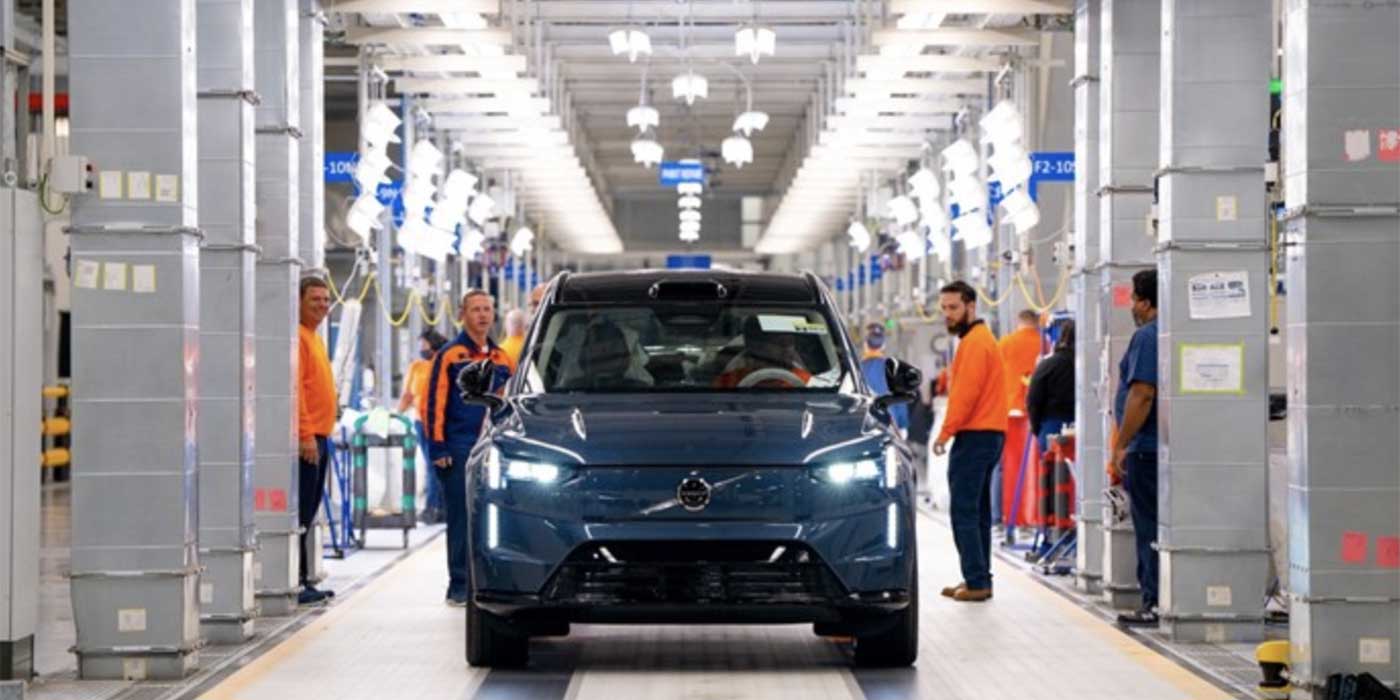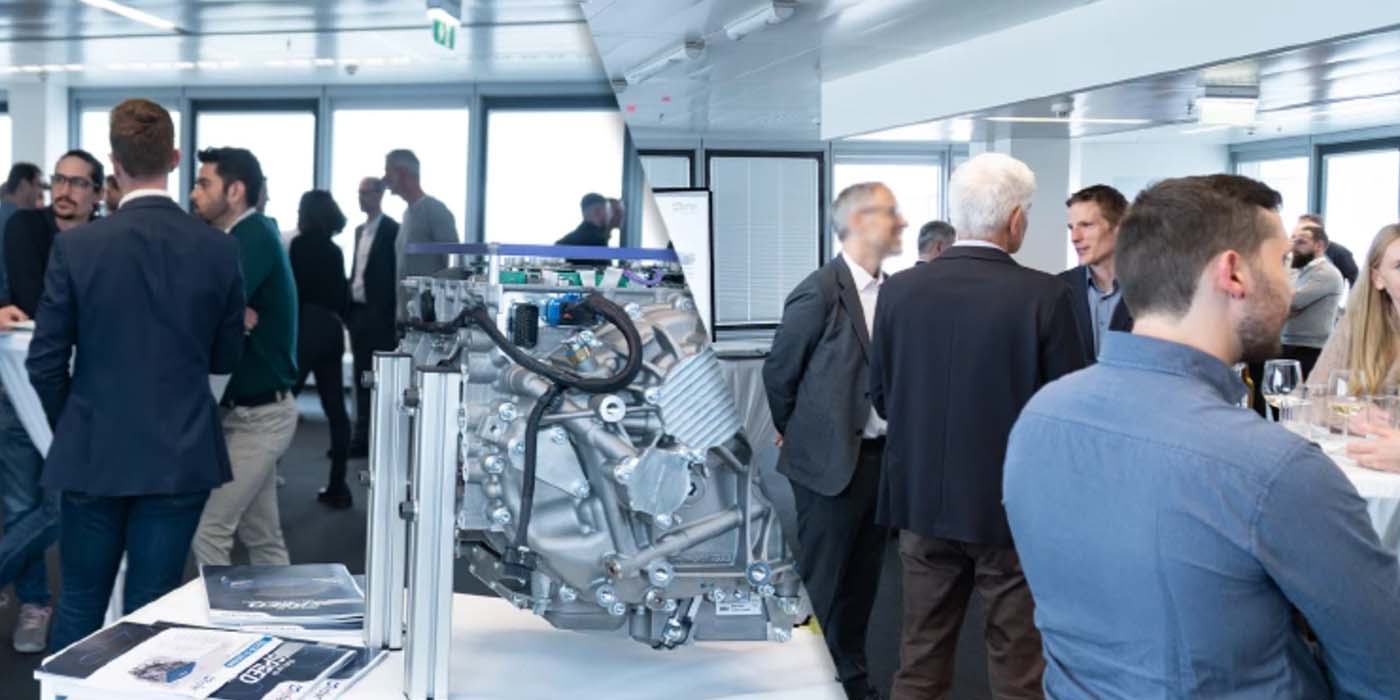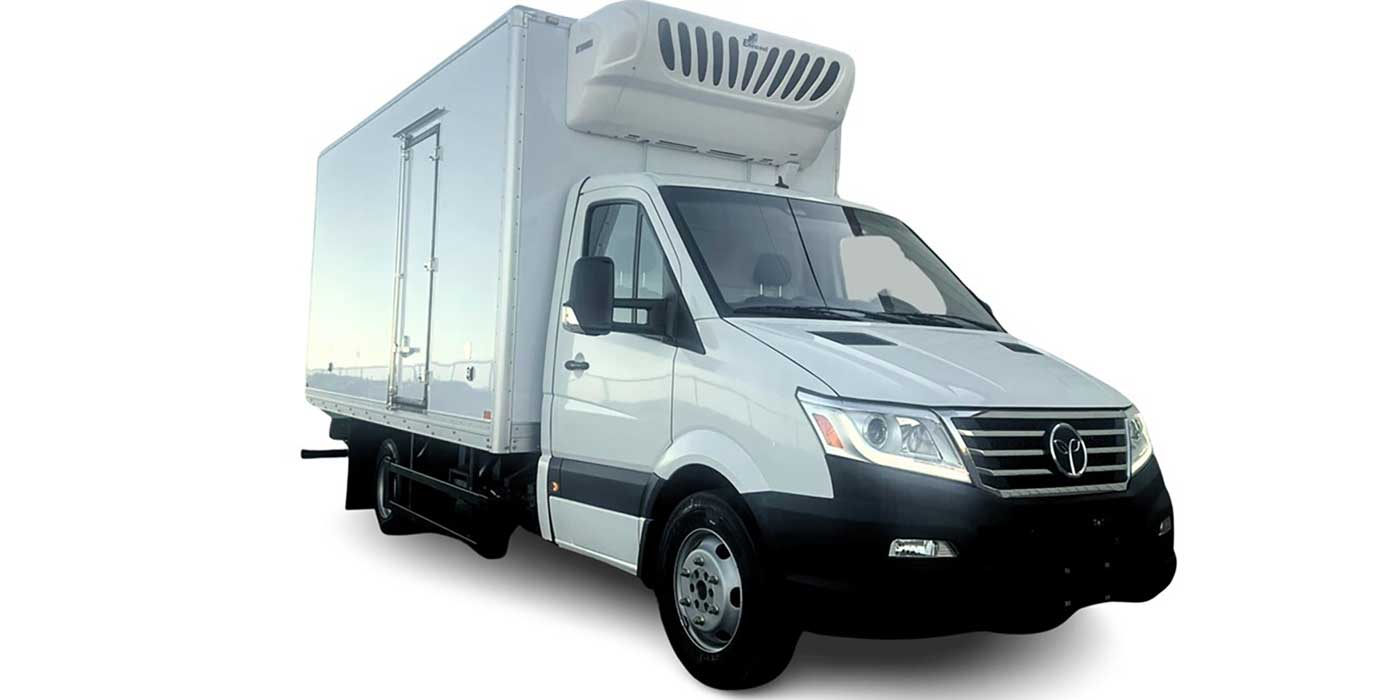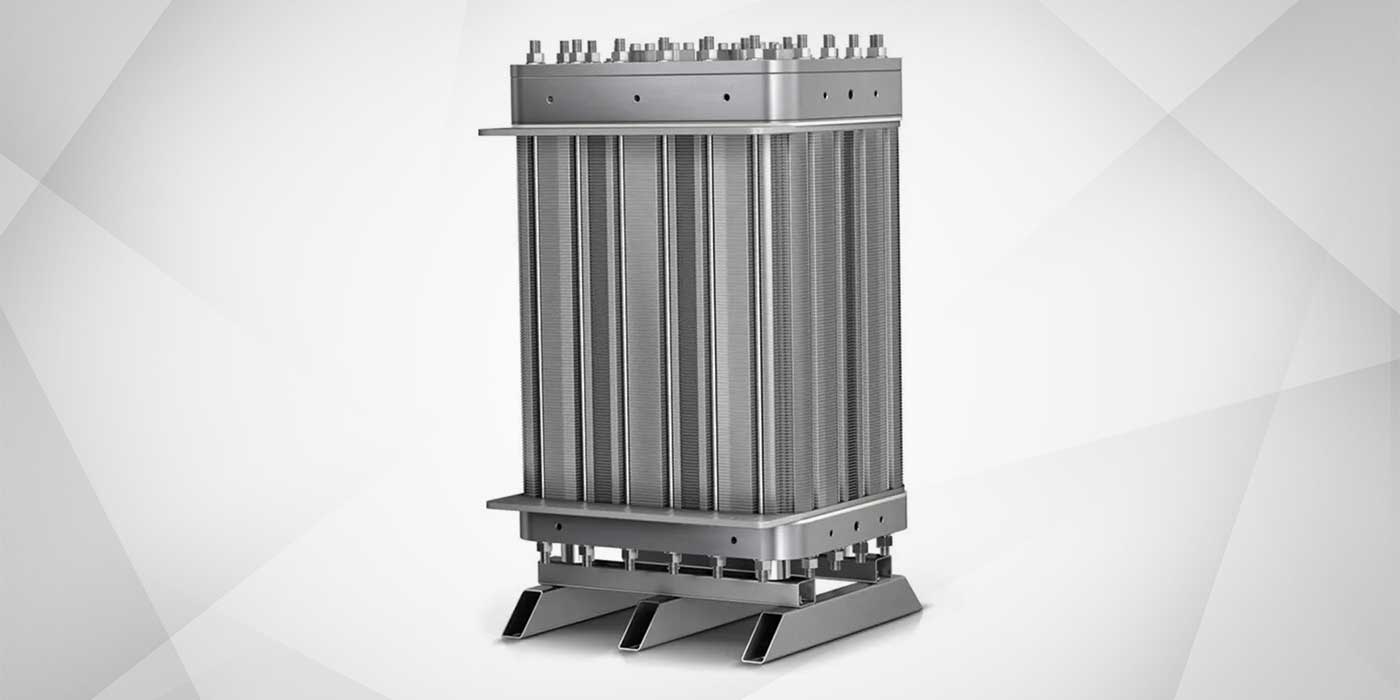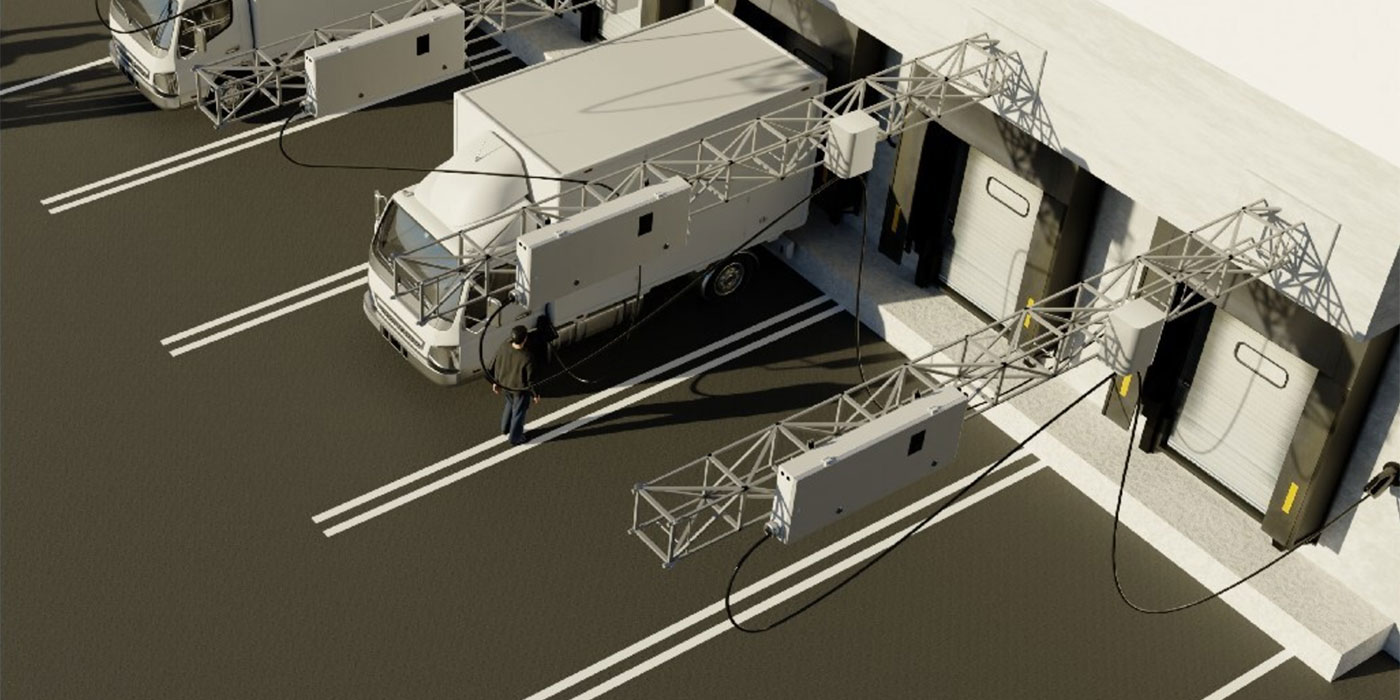Tesla pulled back the curtain on its Semi battery electric truck operation at ACT Expo. Dan Priestley, senior manager, Semi, Tesla, took to the stage to talk about everything from Semi truck EV performance, supercharging, duty cycles, applications, aftersales support and beyond. You can watch his full presentation above.
After the presentation, Priestley sat down with Erik Neandross, president, GNA, a TRC Company, for a fireside chat Q&A. Here’s what he had to say:
What took so long to come out and talk about the Tesla Semi?
Priestley: Since the launch of the Tesla Semi, we had the ramp of now the best-selling car model in America, the Tesla Model Y, and not even the best-selling electric car–the best-selling car, period. Then we had the launch of the Model 3, and we were in the ramp of that production. Model S and X, while great vehicles for each product, since then, we have stood up a lot. We now have the fast-starting infrastructure I talked about. We have launched an enormous and very successful energy storage business, but also we have developed and launched the literal best-selling car in the world. Not best-selling EV, but the Model Y is the best-selling car in the world. All of that effort has really been emblematic of Tesla’s overall growth and maturity.
I think that now everything that was done over that time period to build that business has actually put us in a much better position to serve this industry better. And since we transitioned out of that massive growth phase and now we’re turning our head toward new products again, we’re really putting everything together into things like the Semi. We saw it all come together initially in the pilot fleet, and now we’re taking those learnings and actively improving the high-volume design. So it was exciting to be here because we get to share a little bit about what we’ve been doing and hint at that high-volume design, which before we just didn’t have the requisite underpinnings of running that fleet for a year to do so.
What have you done to test beyond your own routes to make sure that this truck is ready to go?
Priestley: Those miles primarily are done by everything we have on the over-the-road fleet. But ultimately, we pushed the engineering side of it equally hard. This past winter, we took a few semis up to Alaska, drove around, did a bunch of work up there. We spent a lot of time over the years at winter test proving grounds, and some of that is doing specific maneuvers, developing traction control, and other varying targeted developments. But this year, we actually got out on public roads, ran it at -35 Fahrenheit, well Celsius, they’re basically the same at that point. But we really spent a lot of time in the cold because we really understand the need to stretch the vehicle across all the various operating conditions.
Similarly, on the hot side, last summer we actually came down to not very far from here and spent a good amount of time around the Las Vegas Death Valley area. We spent a bunch of time on [inaudible]. Got some great data when it was 115, 120 out, and we really like to push the vehicle to its absolute limit. It sweated, but it did really well. The whole Tesla ecosystem, because we designed so much of the vehicle, we don’t farm out a lot. We develop hardware and software across the EV powertrain to work together to get the maximum performance across all those various conditions and ensure the vehicle is not just capable but also predictable and reliable. We spent a lot of time refining that, and I think that we’ve collected a lot of data, but we’re going to keep stressing it as we go to water.
The average efficiency that you’re seeing is 1.7 kilowatts per mile–is that due to the software and hardware marriage that you’ve had on the light-duty side? How much of that carries over to the Semi?
Priestley: Absolutely, and it is everything from… Sometimes it’s literal code. We work in the same code base on the software side and sometimes it’s the same parts. In the current Semi, the thermal compressor that we use takes care of the cabin cooling as well as taking care of the powertrain. It’s the same compressor that we use in literally every single vehicle worldwide. It’s the same thermal system. It’s this really high-efficiency heat pump system that we’ve leveraged. That massive volume gives us huge amounts of confidence in reliability to put it into a vehicle like the Semi.
We’ve really worked… It’s an unrelenting chase to account for every one hour in the vehicle, to understand how it is being consumed and if we are doing so productively. The majority of your energy consumption goes toward just fighting air resistance and then fighting the road load of tires as rolling resistance. But we spent a lot of time even on the heat pump side and the thermal side to ensure that those systems, while they’re a tiny amount of the general operating energy, are fully optimized and they’re all working together so that we can hit those efficiency targets and those are going to get better.
Can you dig in a little bit more on that immediate payback for the customers and what are some of the other ways that you guys are working with customers to help make sure that the product fits in the right application?
Priestley: Yeah, and obviously every operational lane and customer is a little different depending on what they can do. But there’s a lot of things that we can do and bring to the table. I mentioned one big thing in targeting the structure. It seems like this daunting piece of the puzzle, and that’s just part of the total cost when it comes to going electric. But we’re spending a lot of effort in developing charging hardware that is very specialized to reducing the amount of hardware we have to put into the ground. So that reduces cost. Again, this is stuff that’s all designed in-house, manufactured in-house, and we don’t want to pass some crazy energy and infrastructure liability to our customers. We want to make sure that we unlock a positive business case. So we do things like drive down the infrastructure policy.
Another thing when working with our customers is looking at how to take the maximum utilization of that infrastructure. What can we do on a scheduling side to ensure that we can get the maximum number of trucks through that infrastructure? Because if you can just take that same investment and divide it over more trucks, it lowers your costs. That’s where having that whole ecosystem work together is really clean.
Lastly, on the energy side, there’s a lot of levers that we can pull on the energy storage business. We have our commercial energy products, the Megapack available, and that can be deployed to do a variety of things. It can do peak shaving. It can help with rate scheduling as well as just resiliency. That’s an opportunity to continue to refine and improve operations for our customers. So in addition to just driving down costs generally, we see this as the entire lifetime of the vehicle. How do we make sure that you’re going to reap the maximum benefit at the lowest cost?
Let’s talk about customers. How are you approaching your customer base?
Priestley: PepsiCo has been a great partner and we see a lot of promise early on with the private fleets. They just have a number of things, whether that’s because they have their own vehicles as well as their drivers, plus control over their cargo and facilities that really makes that initial transition to electrification a little bit more seamless. So we see that early in the private fleets, but we are really trying to make a general product that serves everybody and there’s definitely a massive amount of interest in the other parts of the trucking ecosystem.
We’ve been doing customer demos since we’ve called out with a variety of customer types, be it truckload, LTL, dredge. We’ve done food services and we’re really trying to stretch this and understand not just what type of industry we can serve well, but also, ‘What is the operational fit for these and how do we complement that with not just the right vehicle product and the trucking infrastructure as well?’
We’re willing to work with anybody that is looking at ‘How do we get to scale?’

